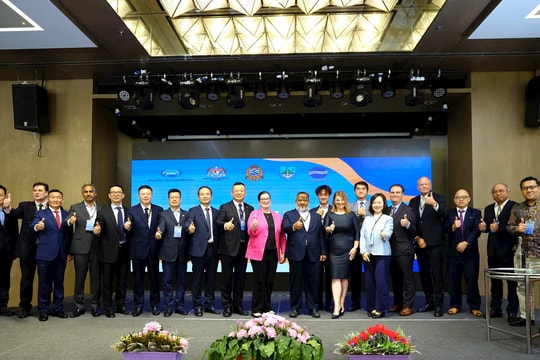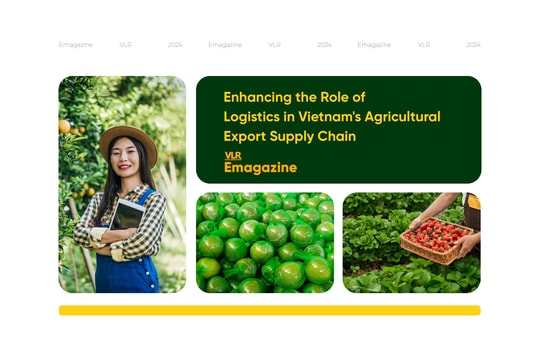
While divisions among major economic blocs, notably the United States and China, pose risks of disrupting global supply chains, the role of “connector” nations is increasingly essential. These intermediary countries help maintain the flow of goods, mitigate risks, and enable diverse economic cooperation.
New Challenges in Global Trade
According to the World Trade Organization (WTO), global trade in 2023 remains significantly impacted by trade tensions, increasing economic protectionism, and political polarization, all of which have slowed global economic growth. Goods trade has declined relative to previous years, while services—especially digital and “green” trade—are gaining popularity. These shifts indicate that the global economy is transitioning from globalization toward regional linkages based on shared political interests or geographical proximity to minimize political and economic risks.
Simultaneously, developed nations are focusing increasingly on green economies to reduce emissions and promote clean technologies. The WTO is also negotiating to liberalize environmental trade, with the aim of achieving net-zero emissions by 2050. However, political upheavals and differing trade policies complicate this process, making it challenging for countries to align on “green” trade standards.
Benefits and Role of Connector Nations
In this fragmented economic landscape, connector nations serve as “bridges” that help stabilize trade flows between major economic blocs. These nations often maintain neutral stances in international relations, avoiding entanglement in disputes while sustaining positive relations with multiple key economies. For example, countries like Vietnam, India, and Mexico have leveraged their advantageous geographical positions to strengthen their intermediary roles, supporting businesses in maintaining partnerships as traditional trade routes face risks.
These countries also contribute to supply chain diversification, reducing dependence on specific sources and creating an essential “buffer” for global trade. This is especially valued in the context of production shifts, as international companies are expanding production networks to reduce costs and risks not only in traditional markets but also in emerging regions like Africa, Asia, and Latin America.

New Trends in Supply Chains and the Role of Technology
As companies seek to optimize costs and bring production closer to their customer bases, shifting to regional production models has become more common. Regional production networks help mitigate the risk of supply chain disruptions, particularly in high-value sectors such as electronics and automotive components. At the same time, technology plays a crucial role, enabling companies to improve monitoring, forecasting, and responsive capabilities amid global fluctuations. Modern digital and process optimization solutions not only help reduce costs but also enhance connectivity, ensuring information is consistently updated for timely decision-making.

The world stands on the verge of significant structural changes in trade, with the rise of intermediary nations serving as a bridge between major economic blocs. These countries offer not only flexibility but also the necessary stability for a global trade system currently under pressure from multiple directions. To minimize risks, a diversification strategy relying on connector nations presents a reasonable solution, stabilizing supply chains and safeguarding the long-term interests of the global economy.
In this context, accelerating investment in technology and sustainable trade by countries and businesses is not just a trend but a pressing necessity. The prudent decisions made by connector nations will shape the future of international trade, contributing to a more stable multipolar world where cooperation is prioritized over confrontation.


.jpg)


.jpg)
.jpg)




.jpg)
.png)

.png)
.png)



.png)





